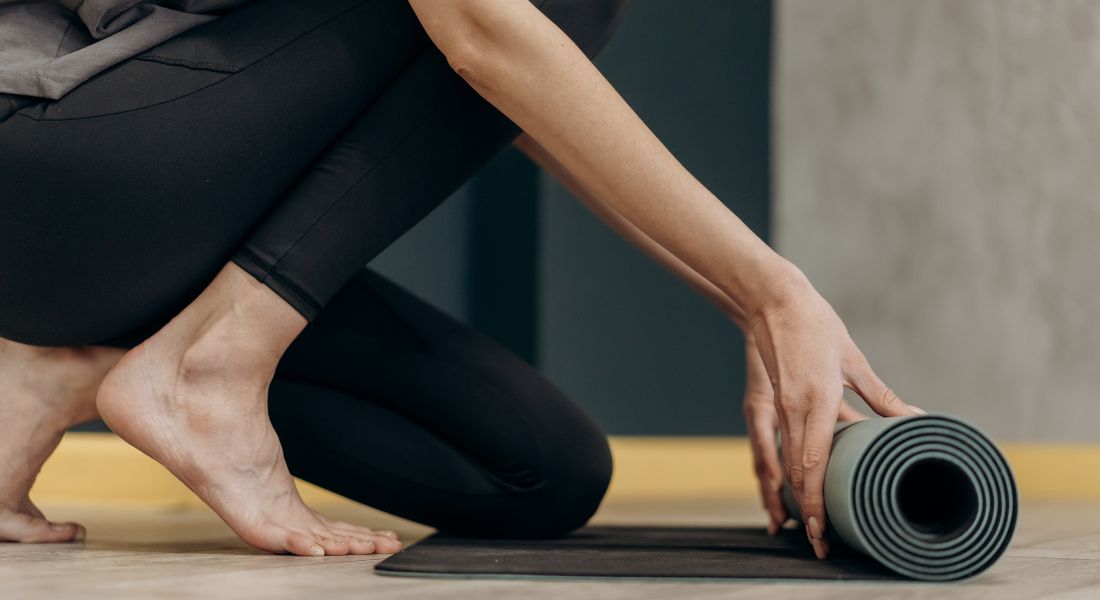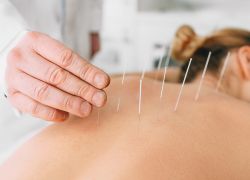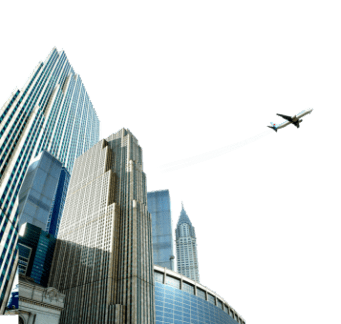
Probodyone Method by Fabrice Lefèvre: 20 years of professional dedication to osteopathy, rehabilitation, biomedical sciences and sports and human movement sciences.
“A powerful method of synergy between Osteopathy, Posturology, Ergonomics, Micronutrition, Acupuncture, Physical & Mental Coaching. Its objective is to treat, prevent and/or optimize health and performance.”
Synergistic treatment:
•Ergonomic treatment: manegament and recommendations and adaptation of the person-machine system.
•Mental treatment with types of breathing, relaxation, meditation, hypnosis and mental image, cardiac coherence (EMDR).
•Treatment of biomechanics with osteopathic manipulation.
•Metabolic treatment with macro, micro and chrononutrition.
•Postural treatment with postural reprogramming (Neurophysical training).
Health & Performance Coaching:
•Fitbodyone (physical coaching).
•Nutribodyone (energy coaching).
•Mentalbodyone (mental coaching).
OsteoBodyCoach:
Stages:
•Phase 1: treatment
•Phase 2: health & performance coaching
•Phase 3: learn to teach the method
Osteopathy & Yoga ideal for:
People who do not practice for fear of injury:
•Advise and inform
•Treat to prevent
Injured people who do not know if they can practice:
•Treat
•Indicate which postures are not suitable
Did you know? More than 350 million people around the world are followers of yoga.
We propose an improvement plan for biomechanical and postural advice with a visit to the expert osteopath.
We break down the areas by the most common ailment:
Wrists: Putting all the weight of the body causes muscle and joint injuries in this area.
Elbows: Pain in the elbows may be due to poor placement; Keep your elbows close to your ribs while bending them…
Shoulders: Shoulder girdle or rotator cuffs due to overextension or excessive stretching. The rotator cuff, especially the supraspinatus muscle, is vulnerable to certain yoga poses such as the Sun Salutation and those that involve sequences that demand too much strength from the arms and hands.
Lumbar: Pain in the lower back is the most common thing in Yoga. This is due to postures where the back must twist and bend excessively. It can cause disk problems. If the back flexion is done incorrectly it could cause spinal disc injury or pressure and even a micro-tear in the lumbar area or lower back.
Knees: Any posture that forces you to bend the knee too much can cause injuries.
Neck: The weight on the head puts excessive pressure on the cervical vertebrae. This posture requires extreme flexion of the neck.
The importance of warming up:
•It can take up to 20 minutes for the body to warm up.
•The ischiotibials and abductors are the most susceptible to injury due to not having warmed up enough.
The importance of pain:
Yoga practice should never be painful.
To take into account if…
THERE IS INJURY:
•Prevent the appearance of possible injuries with certain postures
•Optimize the body in respect of its morphotype.
NO INJURY:
•Adapt postures.
•Not doing certain postures.
•Periodically evaluate the benefits and recovery of the injury and evolve the postures depending on the condition and recovery from the injury.
Conclusion:
- Evaluate with the expert and practicing osteopath your spine and joints, their limits and possible injuries.
- Advise on adapted postures.
- Osteo-postural technical sheet sent to the practitioner.
- The advice of the health professional.









